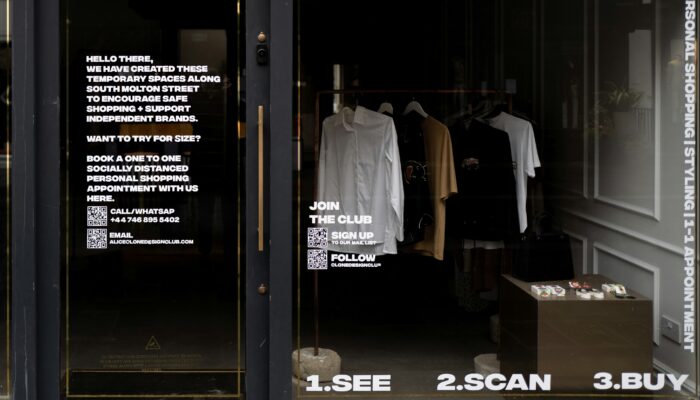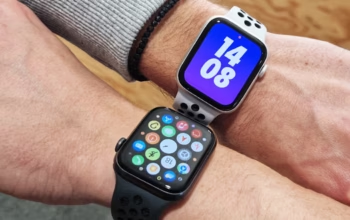Uzone.id – Hold onto your shopping carts! E-commerce is taking over, with a new Forrester study projecting a massive increase in sales – from USD4.4 trillion in 2023 to a staggering USD6.8 trillion by 2028. That translates to e-commerce claiming a 24% share of the global retail market.
E-commerce may be stealing the headlines, but physical stores are here to stay. Still, from Forrester study, it forecasted physical stores would remain the dominant sales channel with massive USD21.9 trillion out of the USD28.7 trillion global retail market in 2028, proving the need for continued investment in physical retail.
This article explores the key trends and predictions that will define the next five years of online and physical stores. We’ll forecast what your shopping experience might be like in 2028 and beyond.
E-commerce’s Unstoppable Rise

E-commerce is on a winning streak, driven by a powerful combination: more people online, smartphones becoming essential tools, and the incredible convenience of shopping from anywhere. This trend is leading consumers away from traditional brick-and-mortar stores.
According to Forbes, in the United States, online retail sales are expected to reach USD1.6 trillion by 2028, representing 28% of total retail sales there.
Meanwhile, in Canada, online transactions are expected to reach USD83 billion, while the six largest countries in Latin America, such as Brazil, Mexico, Argentina, Colombia, Peru, and Chile, will experience growth in online retail sales of up to USD192 billion in 2028.
In Western Europe, online store sales are also predicted to reach from USD508 billion in 2023 to USD773 billion in 2028.
“The growth of the online market, social commerce, live stream sales, and direct-to-consumer commerce will accelerate the growth of global online retail sales over the next five years,” said Jitender Miglani, an analyst at Forrester.
Physical Stores: A Shift Towards Experiential Retail

E-commerce may be growing, but physical stores are set for a transformation. They will become hubs for unique and interactive, engaging experiences that can’t be replicated online.
Over the next five years, we can expect smaller, more focused stores catering to niche customer interests, like those of young shoppers. Additionally, stores will likely explore seamless in-store experiences, or even integrated shopping experiences that blend physical and online elements.
They will also invest in creating immersive experiences through interactive displays, in-store events, and personalized services. The goal will be to entice customers to visit not just for the products but also for the experience.
The Rise of Omnichannel Retailing

Despite the booming online market, including the growing trend of social commerce and click-and-collect services, physical stores will not become obsolete. As long as retailers implement new innovations, one of which is implementing a strong omnichannel strategy.
It may not be common for many offline store owners. However, by integrating online and offline channels, it will create a better shopping experience for customers.
Retailers will increasingly offer options for customers to browse and purchase online and pick up or return items in physical stores. This integration will leverage technology to provide personalized recommendations, track customer preferences, and offer a unified shopping cart across all channels.
Other Emerging Trends
- Social Commerce: Social media platforms will evolve into powerful e-commerce channels, allowing users to discover and purchase products directly within their favorite apps. This trend will be driven by influencer marketing, shoppable posts, and live shopping events.
- Sustainability: Consumers are becoming more conscious of the environmental impact of their shopping habits. E-commerce and physical stores alike will need to adopt sustainable practices, such as eco-friendly packaging, responsible sourcing, and circular economy initiatives, to meet this growing demand.
- Data-Driven Personalization: Retailers will increasingly leverage data analytics to gain insights into customer behavior and preferences. This information will be used to provide personalized product recommendations, targeted promotions, and tailored shopping experiences, both online and offline.
In conclusion, e-commerce will continue to grow, but physical stores will remain relevant by adapting to the changing needs and expectations of consumers. The key to success for retailers will be to embrace omnichannel strategies, create immersive experiences, and prioritize sustainability and personalization. By doing so, they can thrive in the ever-evolving world of retail and meet the demands of the modern shopper.
















